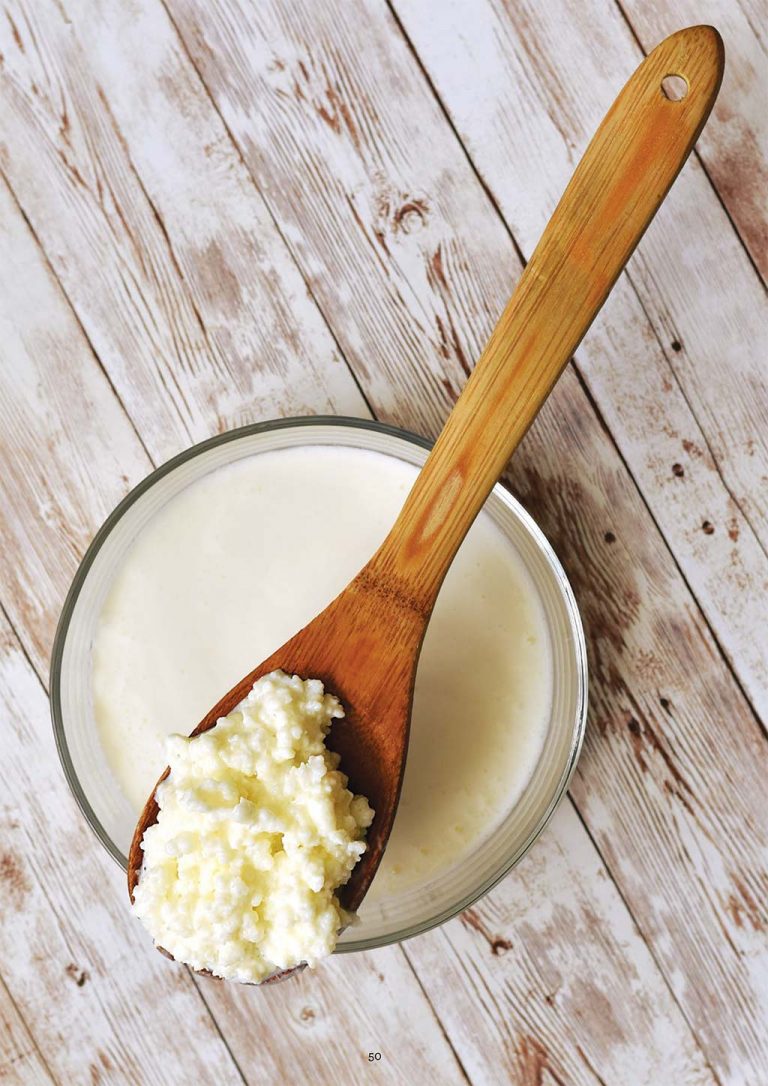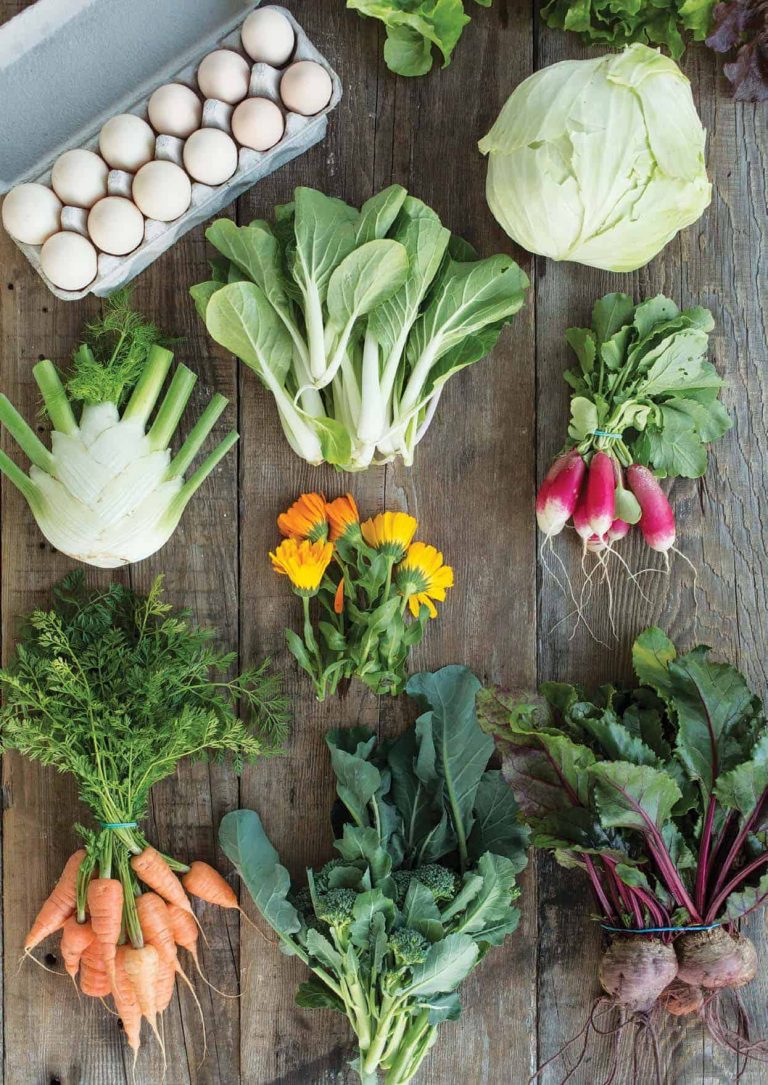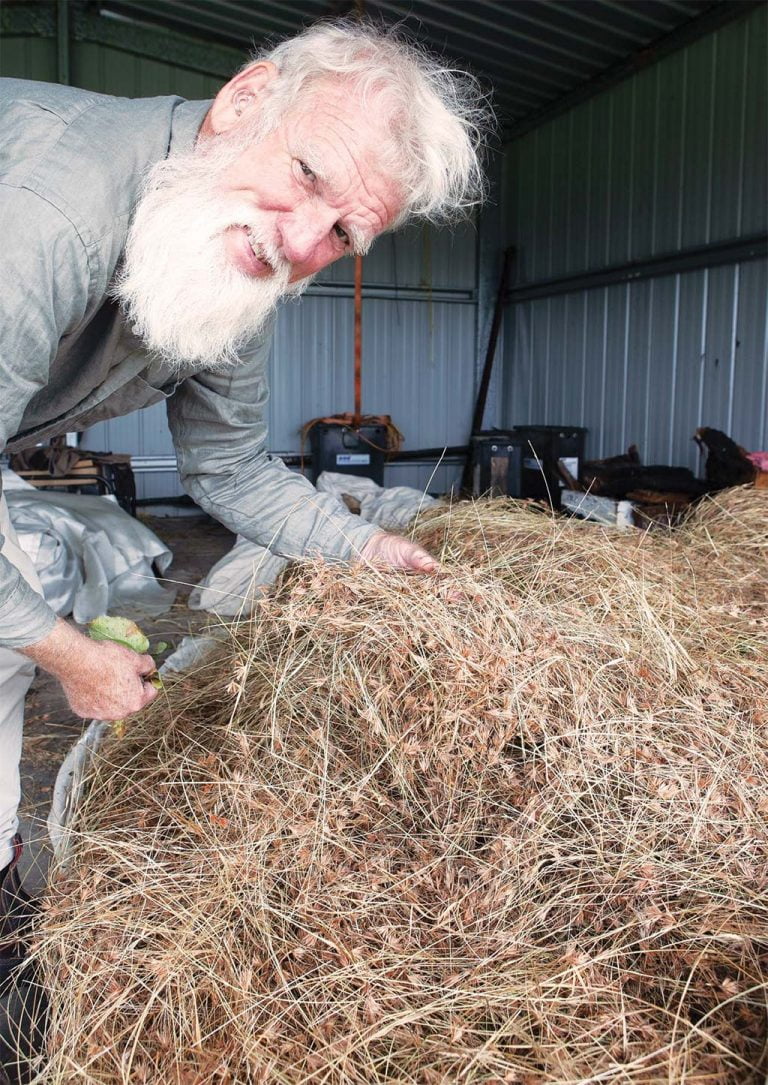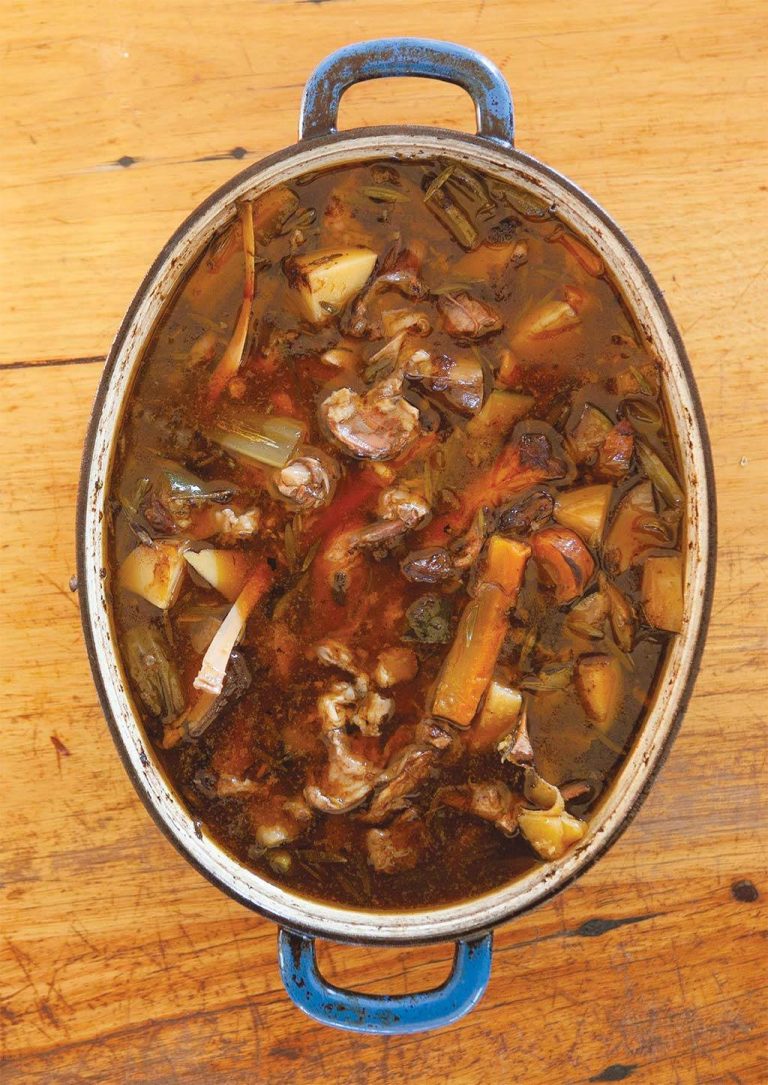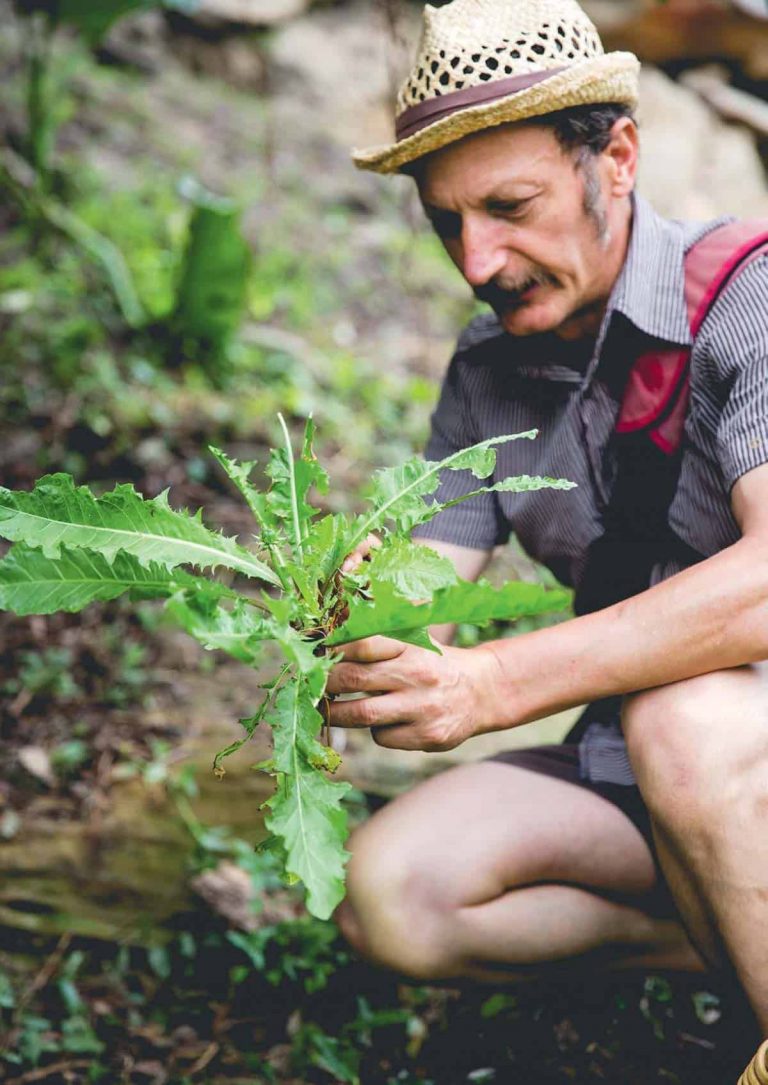Fermented Drink – Rye Kvass

Beet kvass is becoming well known among the fermented drink offerings now, but Sharon Flynn from The Fermentary in Daylesford, Victoria, loves this darker, more beer-like version made from bread.
Drink your stale bread? Yes! Ferment those leftovers and within a week or two it will have bubbled and fizzed into a delicious and nutritious drink with a flavour profile somewhere between cider and beer. Depending on how long you ferment your rye kvass for, and how much sugar you add to it, the wild yeasts can produce an alcohol content of up to 2.8 percent alcohol by volume, so this is not a drink for the kids.
There are many more familiar ways to make use of leftover bread. You can dry and use it for crumbing, for example, or turn it into delicious nostalgic puddings. But fermenting it into something else entirely is also a very satisfying thing to do with a stale loaf of good bread.


